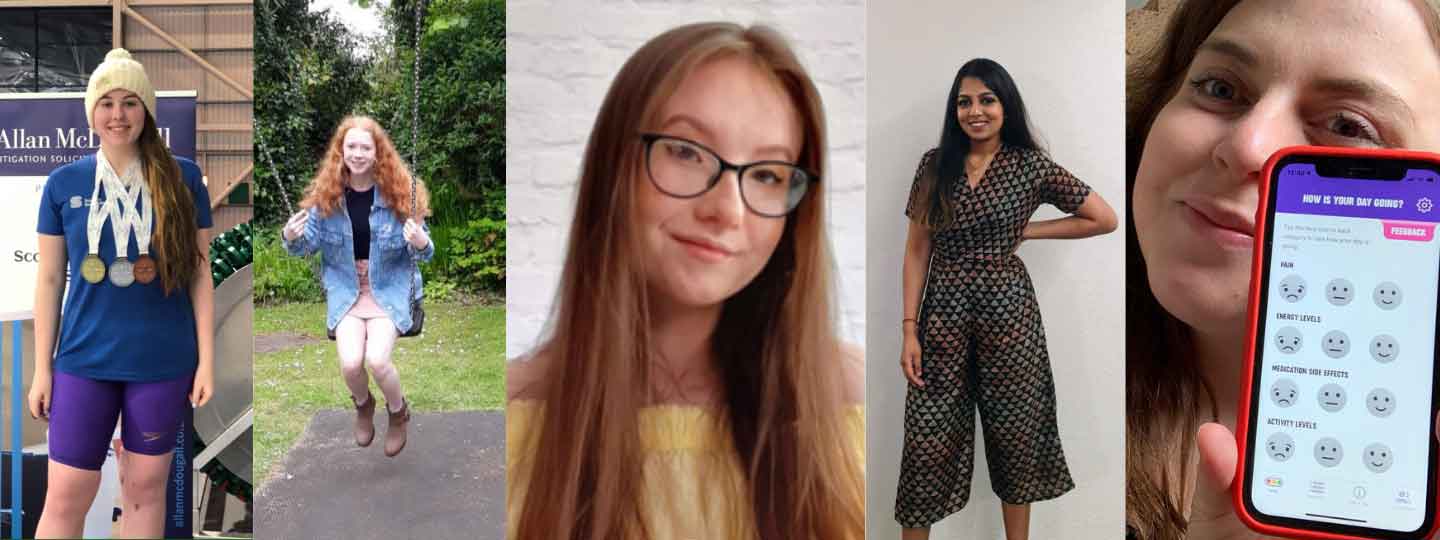All about JIA
08 June 2020
Having arthritis is a challenge at the best of times but developing symptoms before your mid-teens is even more cruel.
For a diagnosis of juvenile idiopathic arthritis or JIA to be made, your child must have stiffness and pain in – or inflammation of – one or more joints for at least six weeks, although symptoms often last much longer. While the condition is uncommon, affecting about one in 1,000 children, its effects can be profound.
What causes it?
Many different factors have been implicated in JIA. They include an autoimmune problem, where your child’s immune system which usually fights off infection turns on part of their body and attacks it; infection, which can trigger over-reaction by the immune system; and a genetic tendency.
If other people in your child’s family have rheumatoid arthritis or other conditions such as lupus, it may increase their risk of JIA. For up to two in three children with JIA, symptoms will settle by adulthood.
Different types of JIA
There are several forms of JIA and, typically, different types affect different people. For instance, about 50 per cent of children with JIA have oligoarticular JIA. This type affects one to four joints and mostly starts in girls under six years old. The knees and ankles are most often affected.
Polyarticular, which affects five or more joints in the first six months of having the condition, can be rheumatoid factor negative or positive. The negative form accounts for one in four cases and is seen most often in pre-schoolers and 10 - to 13-year-old girls. The positive form is less common and often affects small joints such as hands and wrists. Another one in 10 people with JIA has the ‘systemic’ type.
This is diagnosed if you also have:
- a fever that lasts at least two weeks
- a rash that is changing quickly
- swollen glands
- an enlarged liver
- inflammation of the heart, lung or abdominal lining
JIA can also be linked with the skin condition psoriasis, or inflammation of tendons or ligaments. As well as looking at the history of symptoms and doing a physical examination, tests to help with diagnosis include blood tests, X-rays and, sometimes, ultrasound or MRI scans. The doctor will also want to rule out other causes of joint pain and inflammation, such as infection.
Emily’s diagnosis story
I got diagnosed with JIA at a time in my life where everything was changing. It was the summer before secondary school so making friends was something really on my mind, this was also when I had my first residential.
Talking to people who had the same feelings as me was such a good experience, it made me feel more confident asking questions about and understanding my condition. The friendships made have lasted and they are unlike any other because of this huge part of our lives that we have in common.
Treatment
The main aims of treatment are to relieve pain and stiffness, and to delay progression of the disease, ideally preventing any further damage to joints. Hopefully, this will ensure that your child can join in with normal activities. Painkillers commonly prescribed include paracetamol and non-steroidal anti-inflammatory drugs, such as ibuprofen and naproxen.
If only one or two joints are affected, a steroid injection may be recommended. To damp down the inflammation and slow down or prevent joint damage, your child may be offered:
The most common of these is methotrexate, given as a weekly injection or tablet. Your child will need regular blood tests while taking them.
- Biologic therapies – these are newer drugs, although many have been around for almost a decade. Like DMARDs, they damp down the immune system.
They include etanercept, infliximab and adalimumab.
Non-drug treatments, such as physiotherapy and occupational therapy, are invaluable to keep joints mobile and help young people to be as active as possible.
Exercise is one of the best things you can do to improve your symptoms of arthritis and it’s easy to build a couple of exercises into your daily routine. Learn how to include exercise in your everyday routine.
Get the support you need
You can find out more about what support is available in your area or contact your local Young People and Family service.
Here Izzie shares how the service has helped her and now she’s a volunteer, helping to run events for young people and their families. Read her story.
For the first ten years after being diagnosed with juvenile idiopathic arthritis, I avoided talking or learning about my condition as much as I could. Then, when I had an aggressive flare up just before my 21st birthday, I decided it was time to talk.
I found Versus Arthritis through an online forum and spent a few weeks wondering if I was brave enough to send an email to the Young People and Families volunteer coordinator. It ended up being on the best decisions I’ve ever made.
Contact your local Young People and Family Service. Young people can self-refer to the service or be referred by a carer or professional with their agreement.
You can find out more about what’s going on in your area or contact your local Young People and Family service.
- England (12-18 years) - YPFSEngland@versusarthritis.org
- Northern Ireland (up to 18 years) - YPFSNI@Versusarthritis.org
- Scotland (10-25 years) - YPFScotland@versusarthritis.org
- Wales (10-18 years) - YPFSWales@Versusarthritis.org
We’re here whenever you need us.
- If you would like to talk to someone, you can call our free helpline on 0800 5200 520 (Monday to Friday, 9am to 6pm)
- Join our online community
- Stay in touch and follow us on Twitter, Facebook and Instagram.